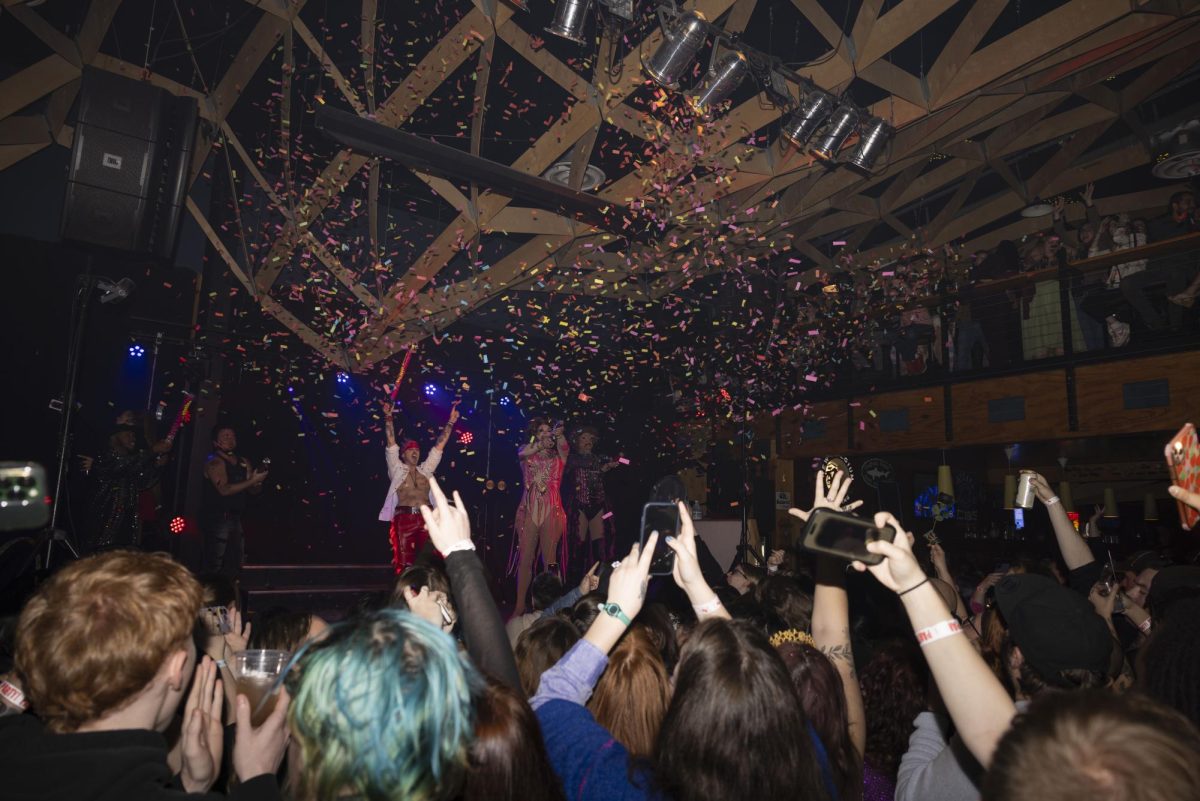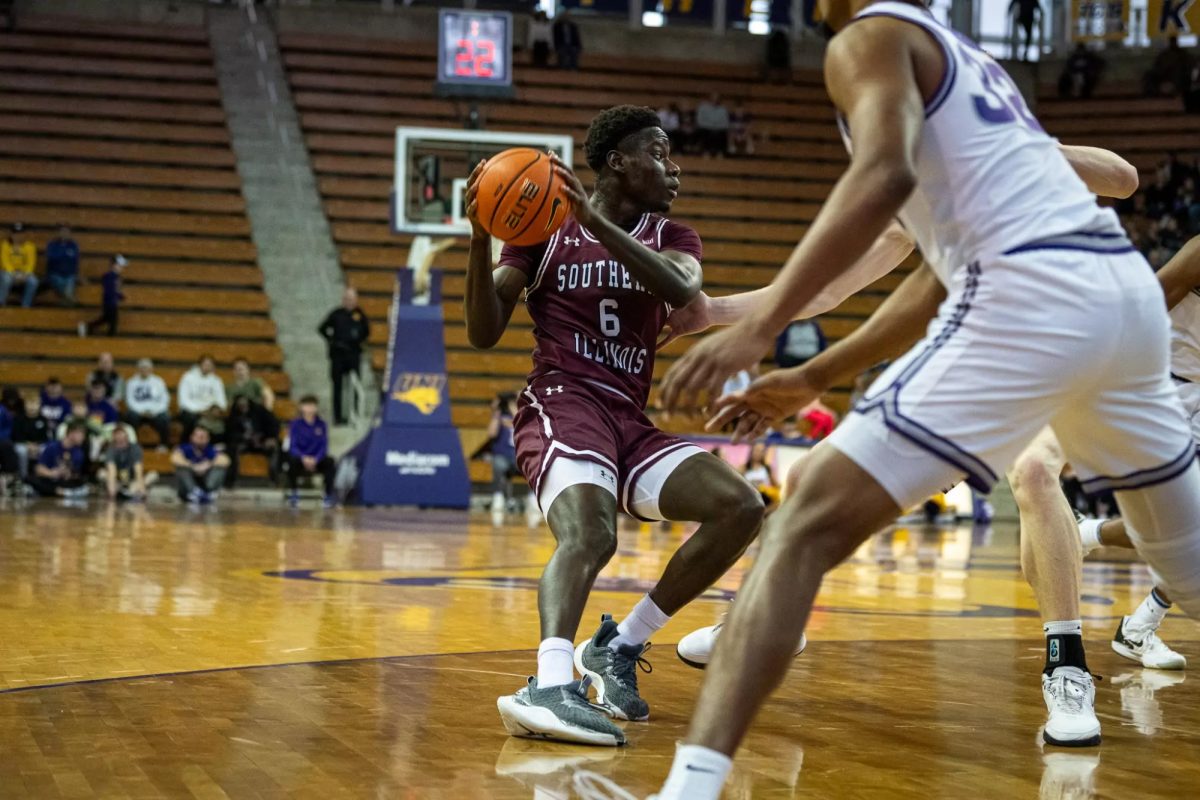Video game review: Riot Games’ “Legends of Runeterra”
February 25, 2020
Riot Games recently expanded its shared universe with the release of “Legends of Runeterra,” an oddly paced, free-to-play card game that stands out from the rest of the digital card games on the market.
“Legends of Runeterra” is a digital, free-to-play card game set in the “League of Legends” video game universe. It uses the same characters and cartoonish art style as the parent game, which makes it stand out from other online card games.
“Legends of Runeterra” incorporates the surface-level mechanics of “League of Legends” into the design of the cards. Just like in League, Runeterra lets the player pick a hero, but instead of battling in an arena with that hero, the player builds a deck around them.
Advertisement
The minions in League are turned into followers in Runeterra, which are cards designed to buff a player’s hero or negate the opponents followers. However, destroying the enemy nexus is still the name of the game in both “League of Legends” and “Legends of Runeterra.”
Runeterra stands out as a gem from the plethora of other digital card games by redesigning the flow of the game. A typical card game is played by two people and each player has their turn to do however many actions they possibly can.
The player whose turn it is will play actions until they have exhausted whatever resource it takes to play cards, then it will become the opponent’s turn. Actions in card games include a player playing creatures, spells and attacking their opponent.
However in Runeterra the players take their turns at the same time. What does this mean? At the beginning of each round the first player gets one action, after the first player gets an action then the second player does their one action. The round is over once each player has exhausted all their actions.
This limit of one action per turn changes the flow to a much slower card game, but it never feels like a drag.
Runeterra does have some traditional card game mechanics, one being how a player’s cards battle each other.
At the beginning of each game, one player will start with the battle token, which indicates whoever has the token this round gets to attack and a chance to do damage while the other player has to defend. The player with the battle token only gets one chance to attack.
Advertisement*
Each round, players take turns building up their offense or defense to eventually battle with all their forces. After the round is complete, the battle token will flip to the other player.
The dynamic of this can be jarring to someone who is a veteran at card games, but it doesn’t take long to get a hang of the play style. Speaking of play style, there are a myriad of different combinations of decks a player can make just from the release.
Most card games have different categories of cards that have an overall theme to them and are represented by colors. In Runeterra the cards are broken down into different regions each with specific heros.
The regions are lore specific to “League of Legends” which, in my opinion, is neat because it gives context to characters in a different game.
Not all 144 characters from “League of Legends” are in “Legends of Runeterra,” but the game is still recent. As of print deadline the regions in Runeterra are Noxus, Demacia, Freljord, Shadow Isles, Ionia and Piltover & Zaun.
Decks are constructed of 40 cards and each deck is made of one or two regions. Currently each region has 50 or 60 cards to fully collect.
I found numerous different ways to combine the regions to make effective and fun play styles, even though the Ionia region is clearly the strongest at the moment. The initial launch of the game was surprisingly well done.
I didn’t experience any kind of bugs or technical issues during my hours of game play.
In my experience, I had a very enjoyable time with the game. The combinations of decks I could create was surprising since I didn’t have to pay a dime for a card. The leveling progression and unlocking of cards left quick and fair.
I never felt forced to spend money on the game and I was able to build decks that were suitable for competitive play. I believe Riot Games took a chance to make a card game so different from others on the market, but it really paid off.
The art style is some of my favorite in any card, even rivaling “Magic: The Gathering” art. There are plenty of cards to collect even for those who don’t want to pay.
There will always be balancing issues in any kind of competitive game. Hopefully Riot Games will nerf some of the power Ionia has and give other decks a chance to shine at the high level of competitive play.
I came into “Legends of Runeterra” with semi-low expectations but I was pleasantly surprised by all aspects of the game. Hopefully this won’t be lost to the void of countless other digital card games.
Score: 9/10 — Amazing. At launch Runeterra is already on the same level as other established digital card games like “Hearthstone” and “Gwent.”
Staff reporter Jacob Lorenz can be reached at [email protected] or on Twitter at @jtlorenz6.
To stay up to date with all your southern Illinois news, follow the Daily Egyptian on Facebook and Twitter.
Advertisement







